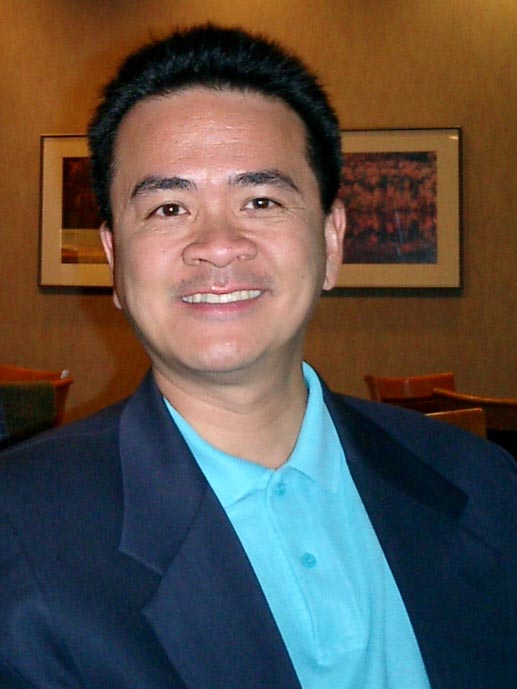Canada's history of participating in space exploration
can be traced back to 1839 with the establishment of the first magnetic
observatory, to study the northern lights. Today, Canada enjoys its role
as a leader in space robotics and satellite communications.
We all know the highlights: those first historic steps on the moon’s surface, those unforgettable words, the day that held not only the country but the world transfixed. But there was much more. Neil Armstrong was, at heart, a dedicated engineer – or, as he put it, “a white-sock, pocket-protector, nerdy engineer” – who preferred a private life to the public adoration so many would have reveled in. That was a key part of what made him a true American hero in the classic, and far too rare, sense: his bravery, his intellect, his talent, yes; but also his inability to seek adulation and his reluctance to accept celebrity. He didn’t rush to the spotlight or pound his chest. He always noted that his and his colleagues’ accomplishments were the result of hundreds of thousands of people over years and years. He was a man who loved what he did and was good at it; that was all the reward he needed.
I first met Neil after he, Apollo 13 Commander Jim Lovell and Gene Cernan – the Apollo 17 Commander and the last man on the Moon – wrote an open letter questioning the Obama Administration’s proposal to abandon the moon program. It was a rare breaking of the traditional silence on such matters and an even rarer step into the spotlight for Mr Armstrong. They were not alone in their concern – it was shared by experts and members of Congress on both sides of the aisle.
The initial Administration plan proposed cancelling the existing space exploration program and suspended plans to build a replacement for the space shuttle, placing immediate reliance on commercial capabilities, which were undeveloped and unproven. Neil Armstrong was particularly concerned about leaning too heavily on commercial crew vehicles, rightly believing that NASA should have ultimate ownership and stewardship of deep-space exploration.
The astronauts’ testimony at a subsequent Senate hearing helped inform the 2010 NASA Reauthorization Act, and their unyielding advocacy helped get the bi-partisan bill passed, saving the nation’s manned space exploration program.
They perfectly summarized why the program is both exceptional and necessary in their initial: “America’s space accomplishments earned the respect and admiration of the world. Science probes were unlocking the secrets of the cosmos; space technology was providing instantaneous worldwide communication; orbital sentinels were helping man understand the vagaries of nature. Above all else, the people around the world were inspired by the human exploration of space and the expanding of man’s frontier. It suggested that what had been thought to be impossible was now within reach.”
America’s space program continues to hold the world in thrall. Hundreds of millions of people have seen the amazing pictures beamed back by the Mars rover, knowing its continued exploration brings the next logical step in our space-flight program – a manned mission to Mars – that much closer. And that is thanks to Neil Armstrong in more ways than one.
Hutchison, a Republican, is the senior U.S. senator from Texas.


